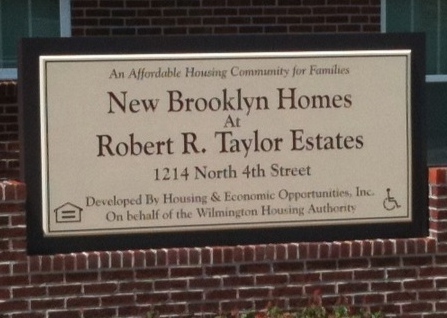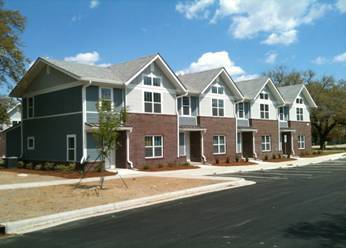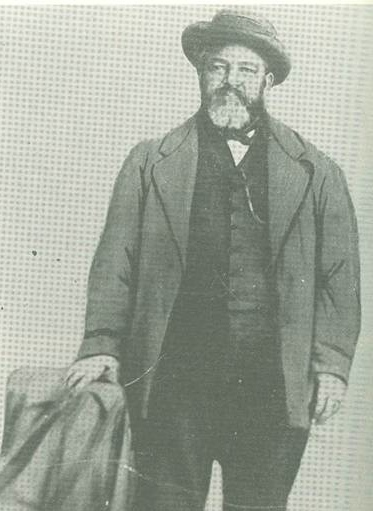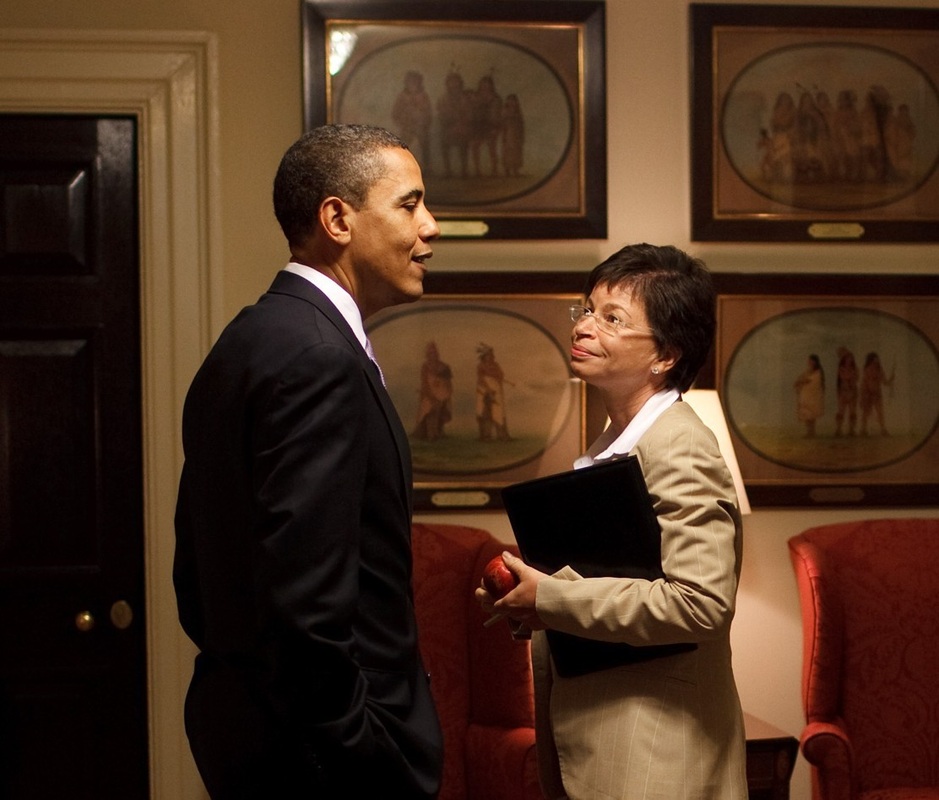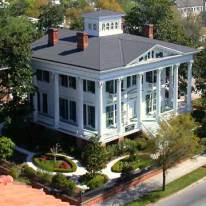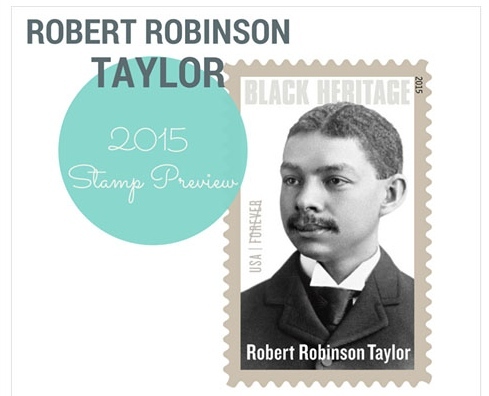
In describing the distinguished lineage of the Taylor family of Wilmington, Harvard professor Henry Louis Gates Jr. finds it difficult to recall a black family tree with more “firsts” in African-American history, starting in the depths of slavery.
Arguably the most notable among them is Robert Robinson Taylor, born here in 1868. He was the first African American to graduate from MIT and one of the first professionally trained black architects in the United States. As described by architectural historian Ellen Weiss, he forged a long career as an architect at Tuskegee Institute in Alabama and a close friendship with the school’s founder Booker T. Washington. In 1943, shortly after Robert’s sudden death in 1942, a Wilmington public housing complex formerly called New Brooklyn Homes was renamed for Robert Robinson Taylor. In 2015, a Forever stamp by the USPS brings perpetual national prominence to this Wilmington native.
| Henry Taylor among Bellamy builders The Taylor that’s most relevant to us at the Bellamy Mansion is Robert’s dad, Henry, born near Fayetteville in 1823. Fathered by his white master Angus Taylor and an enslaved woman who probably belonged to Angus as well, Henry was so skilled in his trade as a carpenter and contractor that his father allowed him to travel widely throughout his home state of North Carolina, pursuing his trade, in defiance of the restrictive conventions of slavery. Henry moved to Wilmington, where he became a carpenter-builder as well as forming a mercantile business with a white ship owner. According to NCSU’s North Carolina Architects & Builders in a description by Catherine Bishir, Beverly Tetterton and Ellen Weiss: Henry Taylor was one of many free and enslaved men of color who participated in Wilmington's city-wide building boom. |
The Taylor Family Tree
Henry and his wife Emily lived at 112 North 8th Street in a home that Henry built for the family, including their four children—John Edward, Anna Maria (Whiteman), Sarah Louise (Shober), and Robert Robinson—all of whom distinguished themselves.
John Edward Taylor remained in Wilmington and became a prosperous businessman and the first black man appointed Deputy Collector of Customs in the city, a position he held for 25 years. Anna Maria attended Howard University, as did her future husband, Dr. James Francis Shober, the first black physician with an M. D. degree to practice in North Carolina; a native of Winston-Salem, he spent his career in Wilmington. Sarah Louise Taylor likewise attended Howard University and married John Henry Whiteman, a prominent Wilmington businessman.
| Robert Robinson Taylor's son Robert Rochon Taylor became an important corporate and civic figure in Chicago, for whom the large Chicago public housing complex, Robert Taylor Homes (completed in 1962), was named. Among Henry Taylor's descendants through this branch of the family is his great-great-great granddaughter Valerie Jarrett, a civic and political leader in Chicago who in 2009 became White House Senior Advisor to President Barack Obama. |
